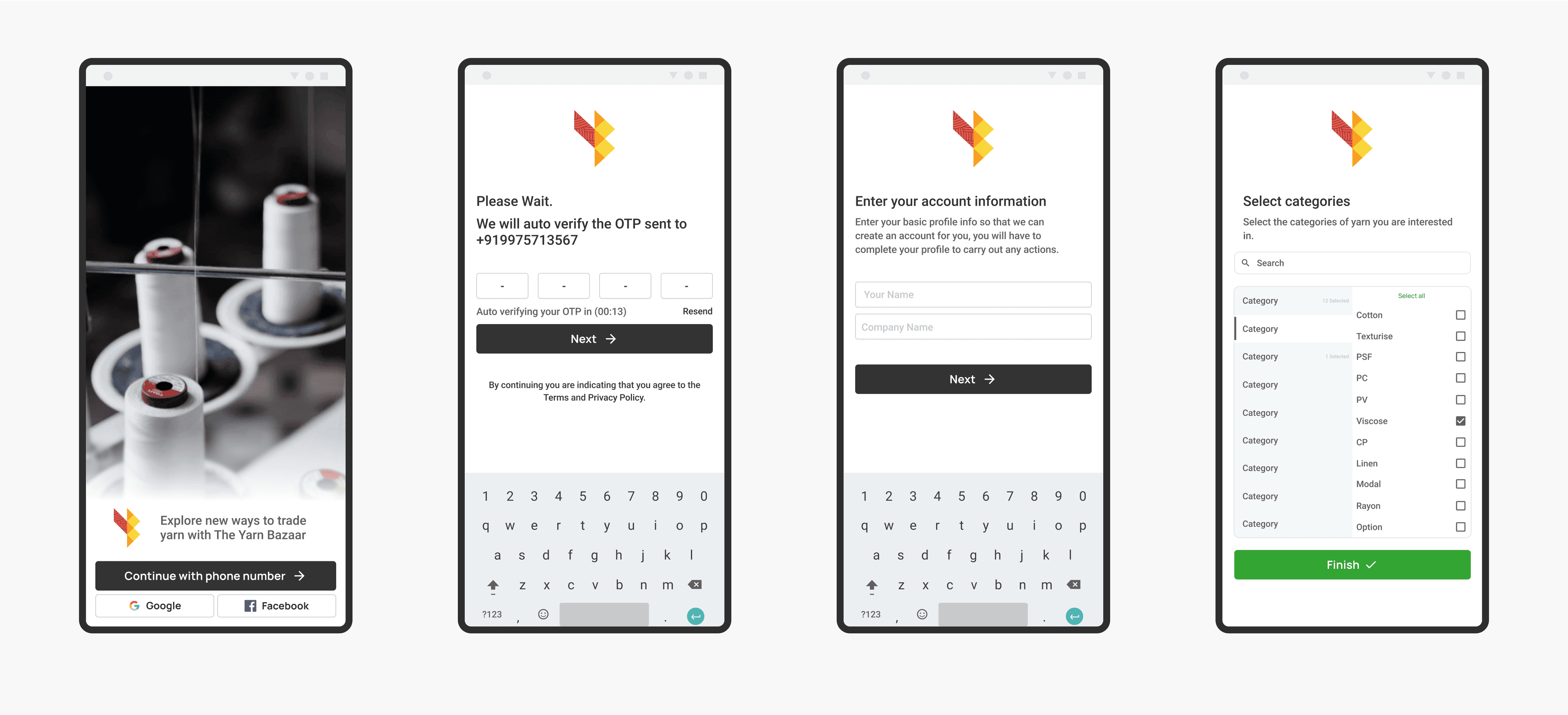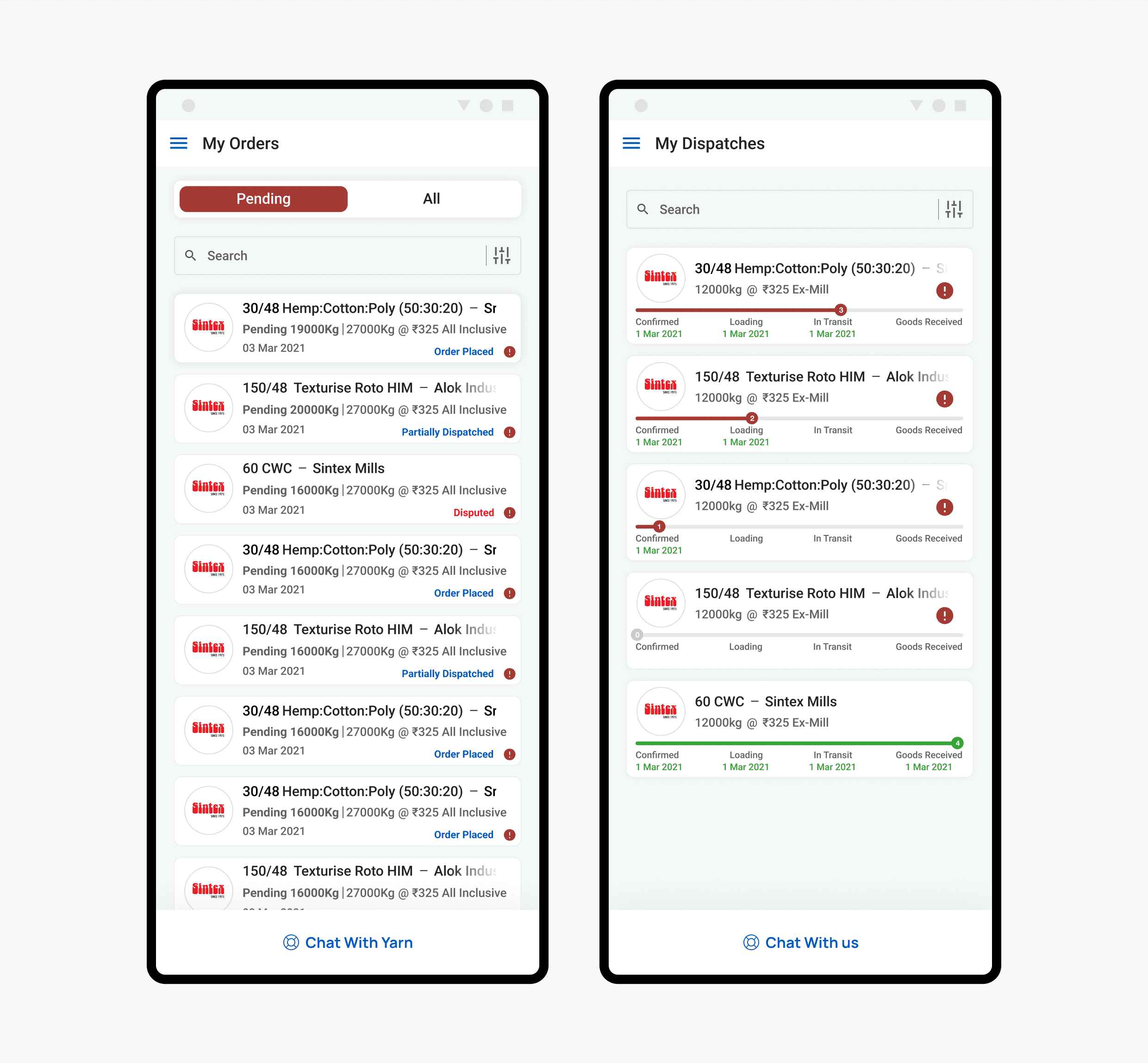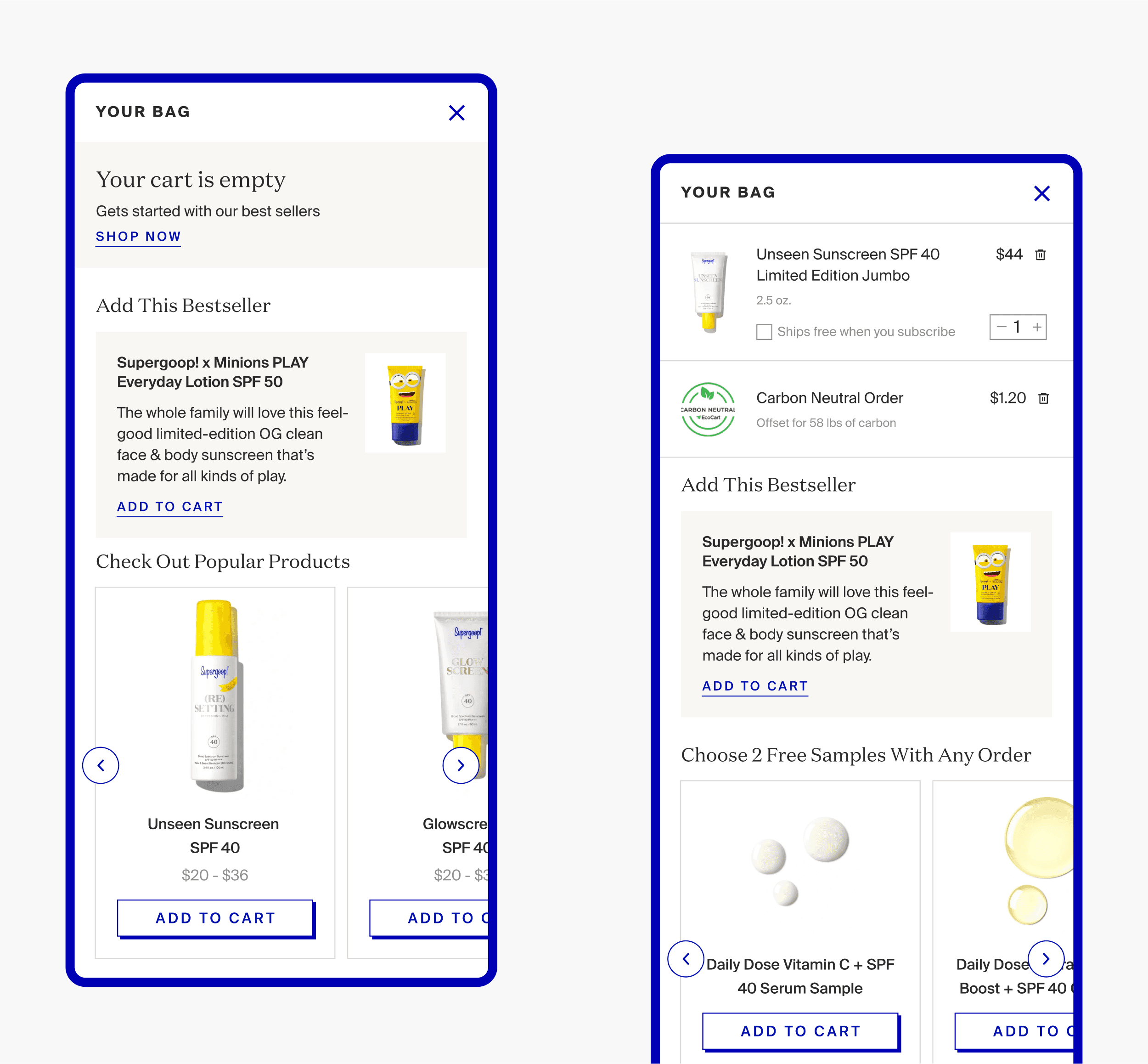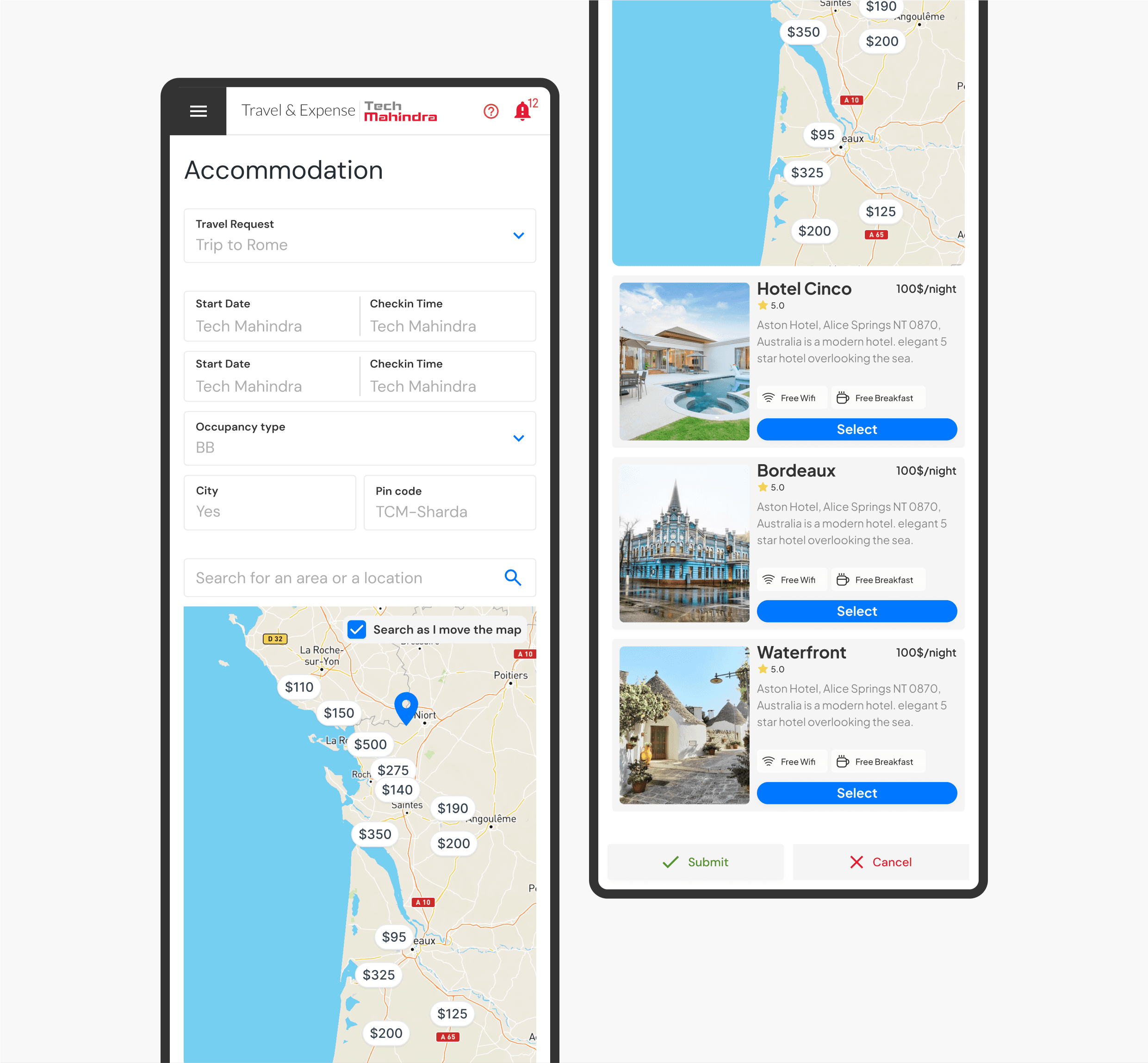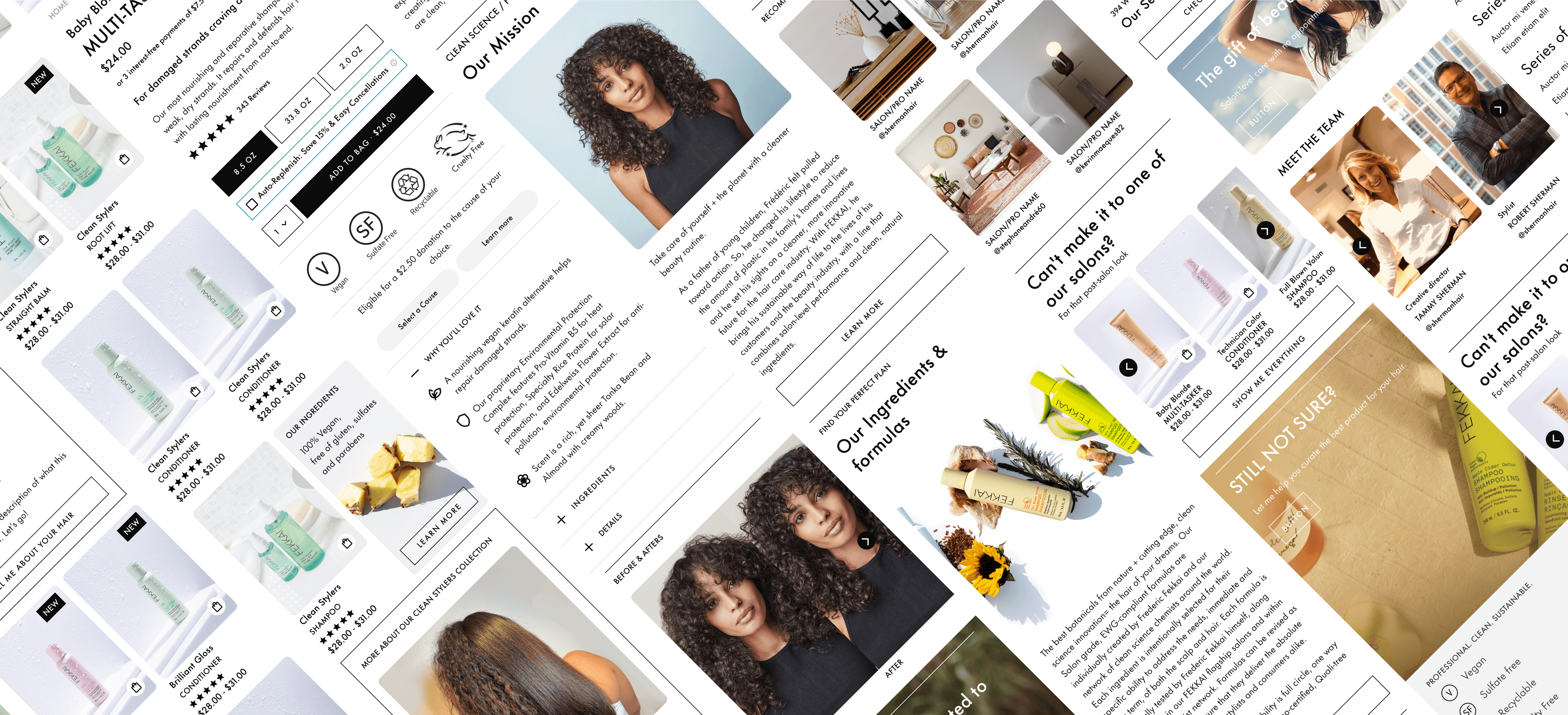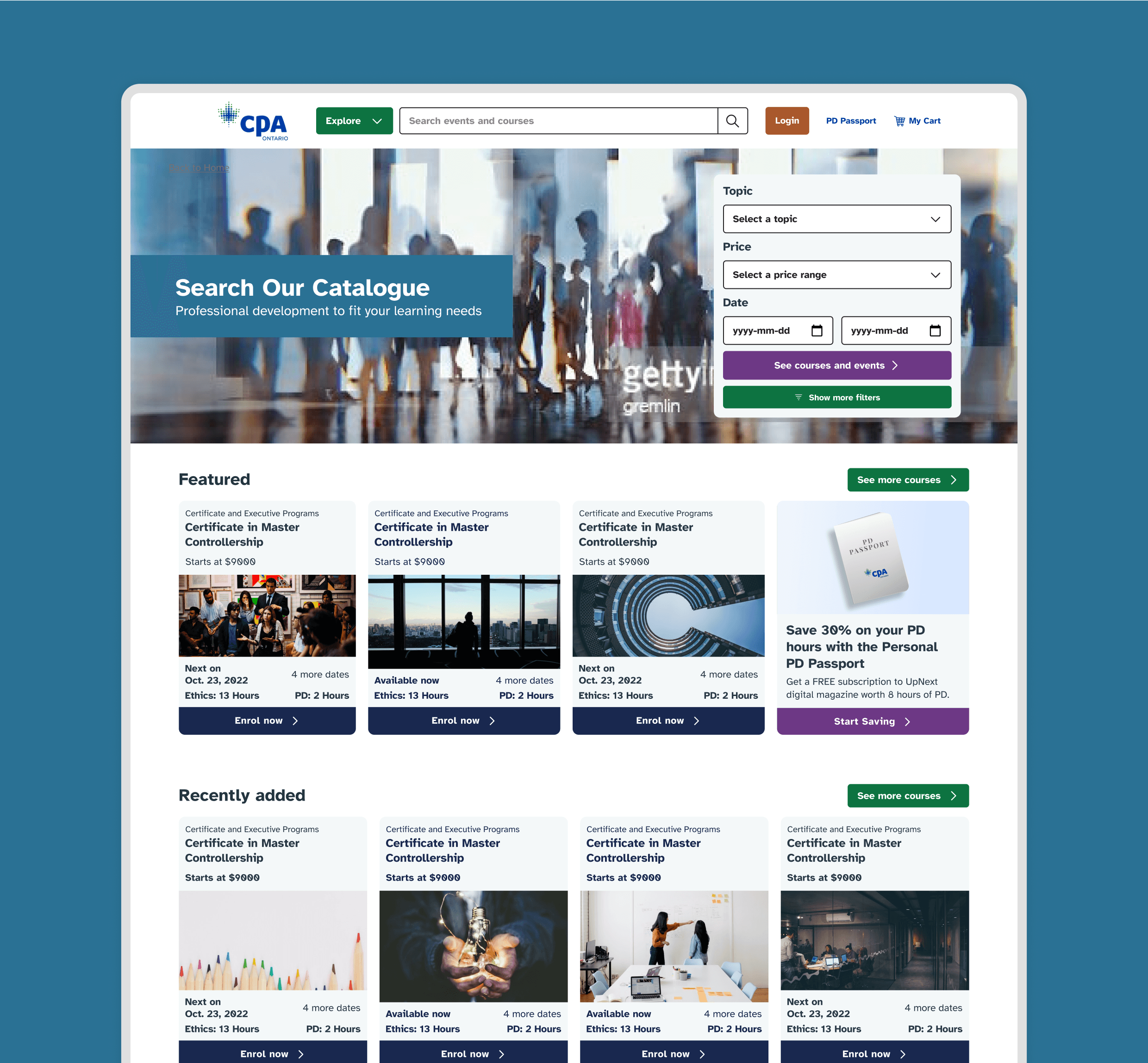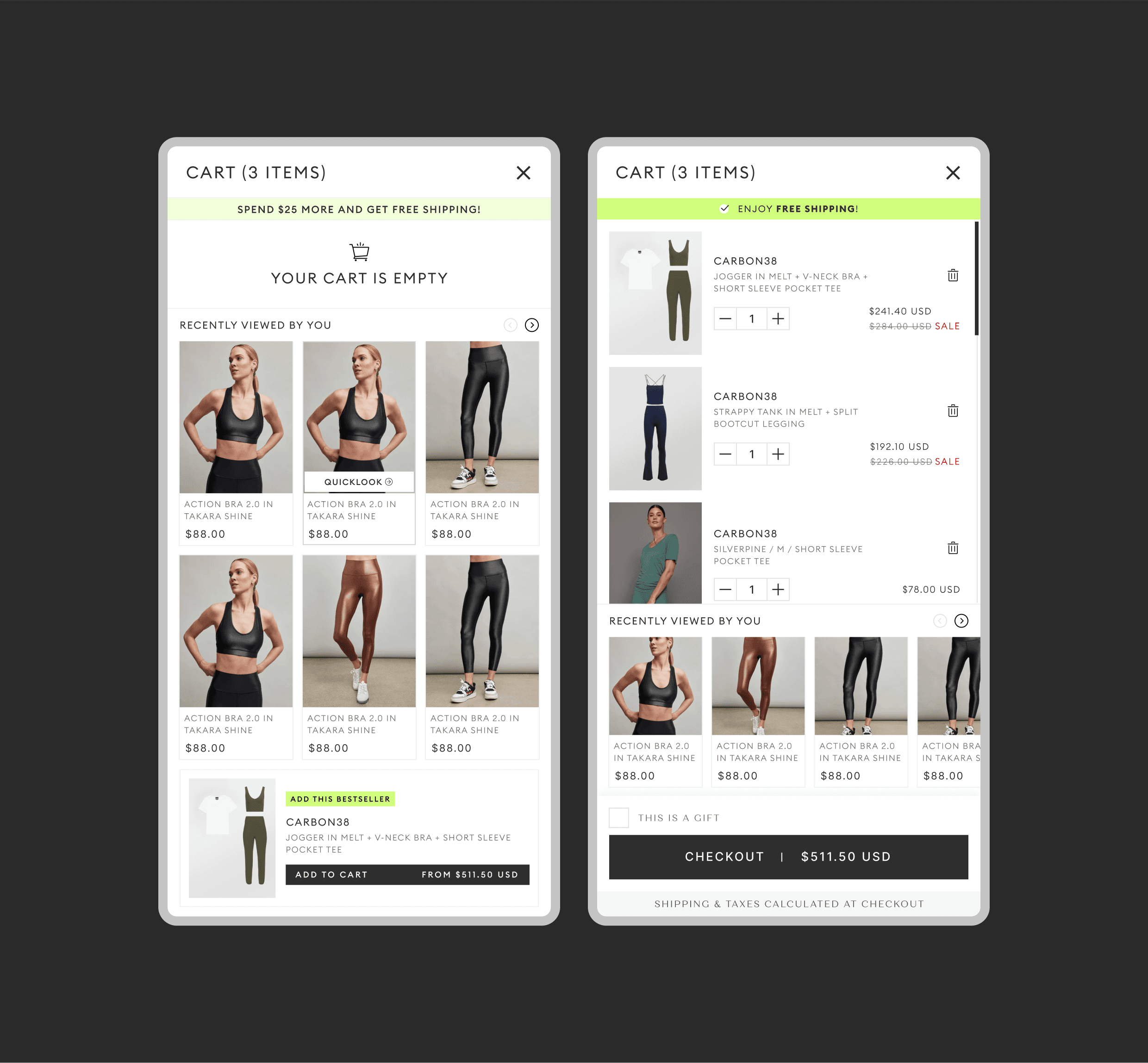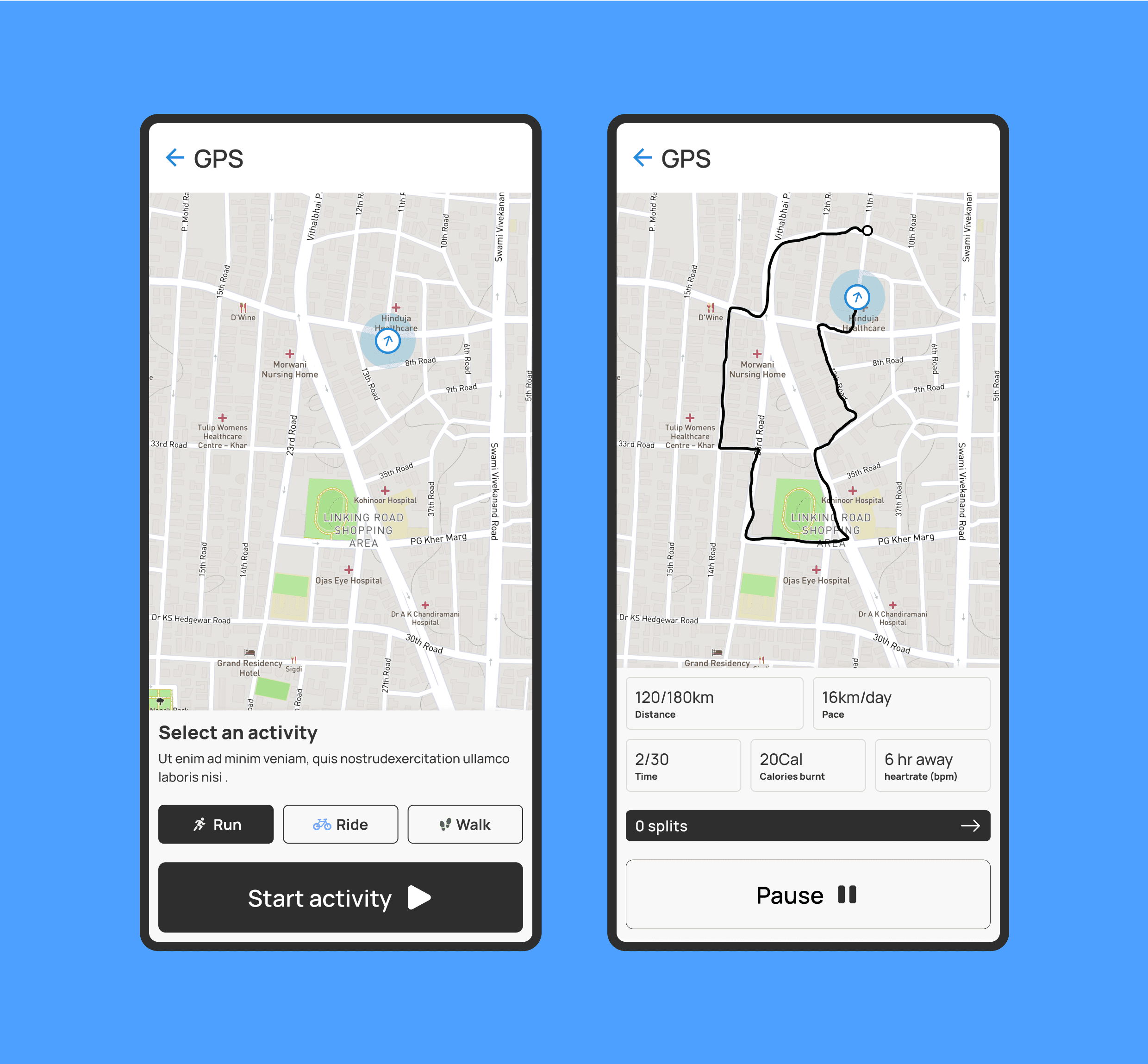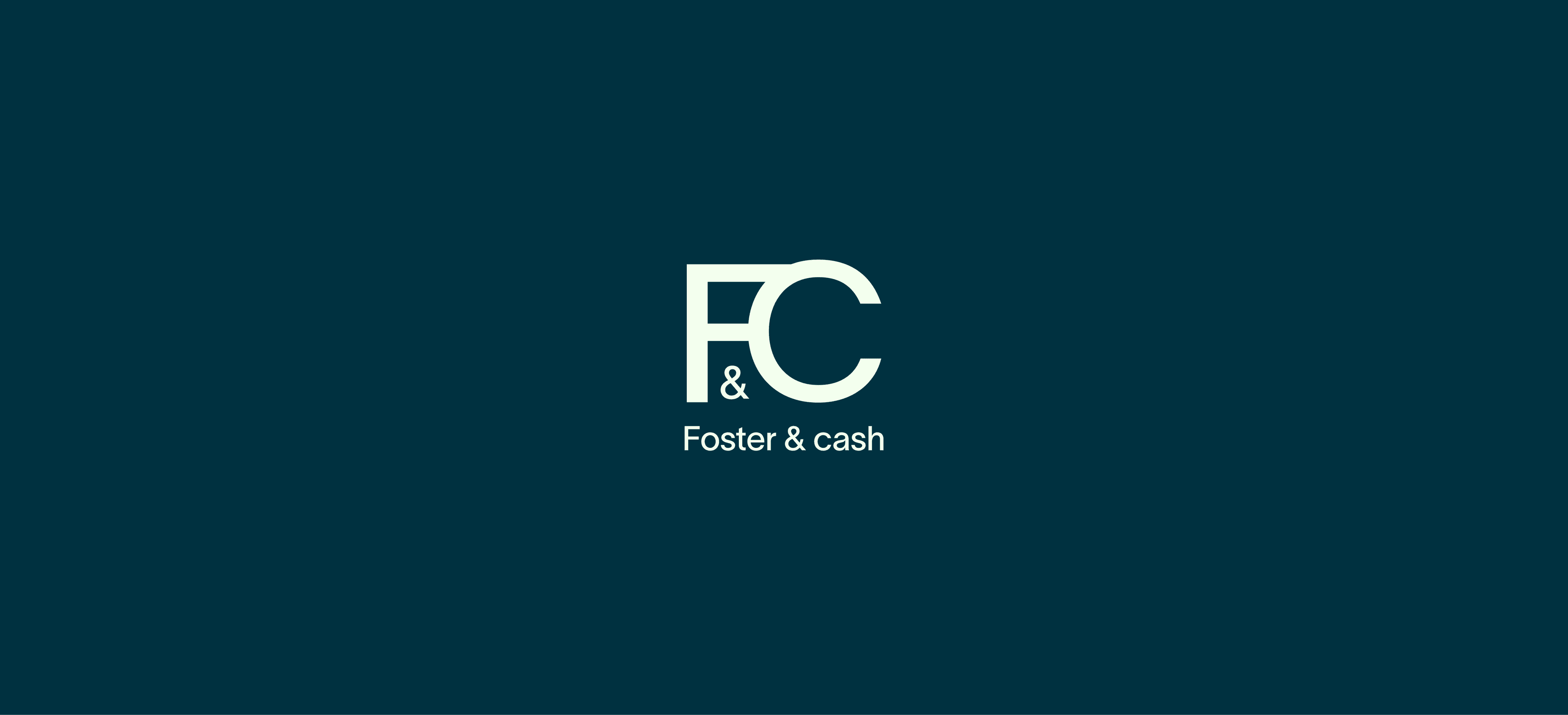The Yarn Bazaar
A first of its kind centralized market place to buy and sell yarn commercially
Yarn Bazaar is a modern, transparent, and efficient marketplace for yarn buyers and sellers. It helps users discover real-time prices, information, and other aspects of yarn trading. This one-of-a-kind technology was recently featured on Shark Tank India, where it received funding for its exceptional uniqueness and relevance to the yarn industry. Pratik Gadia, the CEO, and I faced a unique challenge while planning this project. With no existing benchmarks, competitors to analyze, or demographic of users to interview, we had to develop a novel approach to tackle these hurdles. This involved creating a set of distinct UX interview questionnaires for different features, targeting personas who faced very specific problems.
Background.
The yarn and clothing industry in India is massive and enduring, yet faces a significant hurdle: the lack of a standardized and transparent platform for participants. This makes it difficult for individuals and businesses to analyze prices, understand supply and demand trends, and conduct reliable transactions.
The TYB platform emerged to address these challenges comprehensively, offering a single solution for market analysis, buying, selling, and even shipping. Recognizing the vast scope of features, I opted for a phased approach, similar to productivity suites like Google Workspace. By delivering features in sets, we ensured individual functionality while enabling future integration and communication between them.
Approach.
To build an effective solution we carried out a few activities:
Comprehensive Feature List: We began by crafting a thorough feature list encompassing all potential industry pain points and corresponding flows for each that led to the solution of the problem they aere solving
App Grouping: We then grouped features based on their interdependencies into "apps" that were ment to solve larger problems and then planned on grouping these apps into a larger dashboard (after interviewing a bunch of people we realized this wasn't the best approach, we then went forward with a unified navigation system that would allow users to choose what they want to see).
Multi-Language Interviews: We developed interview questionnaires in multiple languages to gain a comprehensive understanding of industry challenges and user pain points. Key issues identified included:
Unreliable pricing
Lack of localization
Archaic pen-and-paper payment and invoice tracking
Untraceable shipping
Some of our final research findings were as follows:
Most time consuming process for all stakeholders are gathering consolidated info and communication.
More than 90% of the stakeholders use whatsapp, Facebook & instagram for business communications and marketing.
Remote Stakeholders always rely on word of mouth to understand and analize prices
90% of stakeholders believe, admin workflows(invoicing, followups) are un-necessaryly time consuming.
30% believe that the logictics of the yarn market should have better tracking and tracing facilities
100% of the people would like to have a stockmarket like interface to analize and understand yarn prices
The most important action for all of these people were to have apt and accurate market analysis.
These steps allowed us to get a much better understanding of what the industry needs and how we could create the best solution to these problems. We did this by creating affinity and empathy maps that allowed us to see through the eyes of a potential user.
A view of the dispatches screen on desktop, notice the clean and intuitive progress bars and easy to read product names
Impact.
The success of this project was unprecedented. Yarn Bazaar not only secured funding but also landed a feature on Shark Tank India. On launch day, over 1,000 users signed up, followed by a surge to 8,000 within a week. The tool's impact was such that it streamlined processes not only in the yarn industry but also attracted inquiries from other industries seeking potential implementation.
In retrospect, we discovered some surprising things and learned lessons that helped us improve the product. Here are some of these key takeaways:
UX Interviews Aren't Perfect: While user interviews provide valuable insights into user needs and issues, it's important to remember that UX is inherently subjective, and interviewers' perspectives can be influenced by personal experiences and biases. To mitigate this, consider creating user groups and crafting questionnaires tailored to their specific needs.
Design Thinking is Crucial: Not all problems respond effectively to a rigid framework. Embracing design thinking and finding inspiration in everyday tools and items can lead to innovative solutions.
Collaboration is Key: The best designs often emerge from user collaboration. Users know best what they want, so testing prototypes with real users early and often is crucial for shipping the best possible product.
